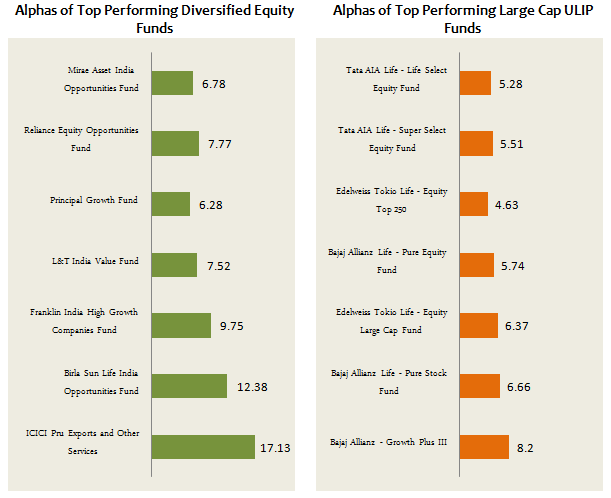The Truth About TopPerforming Mutual Fund Managers
Post on: 26 Апрель, 2015 No Comment

by Aaron S. Reynolds
Its only natural for investors to look at past performance when selecting managers of either mutual funds or separate accounts. Almost everyone is impressed by a strong track record. However, investors may be making a crucial mistake by fleeing from recent losers and flocking to recent winners, especially if they act on relatively short-term results.
According to a study we conducted at Baird, at some point in their careers, virtually all top-performing money managers underperform their benchmark and their peers, particularly over time periods of three years or less. Rather than abandoning a top-performing manager during one of these periods, investors should anticipate and, quite often, accept this performance cycle. Why? By chasing performance, investors fall into an ongoing pattern of buying after share prices have risen considerably and selling after they have dropped. This behavior opposes the basic tenet of investingbuy low and sell highand can cut dramatically into investor wealth. In addition, past performance is only part of the story. Professionals who analyze investment managers know that the drivers of performance are equally important.
Our study, which updated and built upon prior research, revealed that investors with the patience to stick with a top manager through trying times are likely to reap greater rewards than those who chase the latest winner. Although there are times when a change in manager is warranted, our research revealed that the longer an investor sticks with a top-performing manager, the better the chances of success.
This article explores the tendency of top managers to underperform and the reaction of investors when they do. It also offers insights to help investors uncover the reasons behind a managers performance and make informed decisions based on longer-term results.
Even the Best Investment Managers Underperform
In general, money managers are considered top managers when they have a history of outperforming their benchmarks and their peers. They add real value by producing returns that exceed management fees over a long period of time. Our study looked at a group of more than 1,500 mutual funds with a 10-year track record as of December 31, 2010, and narrowed the list to 600 that outperformed their respective benchmarks by one percentage point or more, on an annualized basis, over the 10-year period. Furthermore, we included only those funds that both outperformed and exhibited less volatility than the market benchmark. This narrowed our list to a select 370 funds. [Editors note: Aaron Reynolds provided us with a list of the fund names .]
In dollar terms, these top performers generated more than $10,000 in incremental wealth above the benchmarks return for every $100,000 invested over the period. The average top manager in the study beat the benchmark by nearly three percentage points annualized, net of fees, adding $34,000+ in incremental wealth.
Clearly, this is no ordinary subset of managers. Their 10-year performance records are truly outstanding. One of the purposes of this study was to determine what percentage of these managers fell short of their benchmark over any three-year period within the 10 years (see Note 1 in the box on page 27). The results are compelling. Despite their impressive long-term performance, almost all of these top-performing managers underperformed their style benchmark at some point. In fact, evidence confirms that it is virtually certain that all top-performing managers will go through prolonged periods where they underperform their benchmarks and lag their peers.
Source: Morningstar; Baird analysis.
As Figure 1 illustrates, approximately 85% of the top managers had at least one three-year period in which they underperformed their style benchmark by one percentage point or more. In fact, on average, they underperformed during six separate rolling three-year periods (out of a total of 29). About half of them lagged their benchmarks by three percentage points (on average, three separate times) and one-quarter of them fell five or more percentage points below the benchmark for at least one three-year period.
Depending on which of the three-year periods investors looked at, they could have been highly alarmed by what they saw. Still, all of these managers were top performers over the full 10-year time span.














